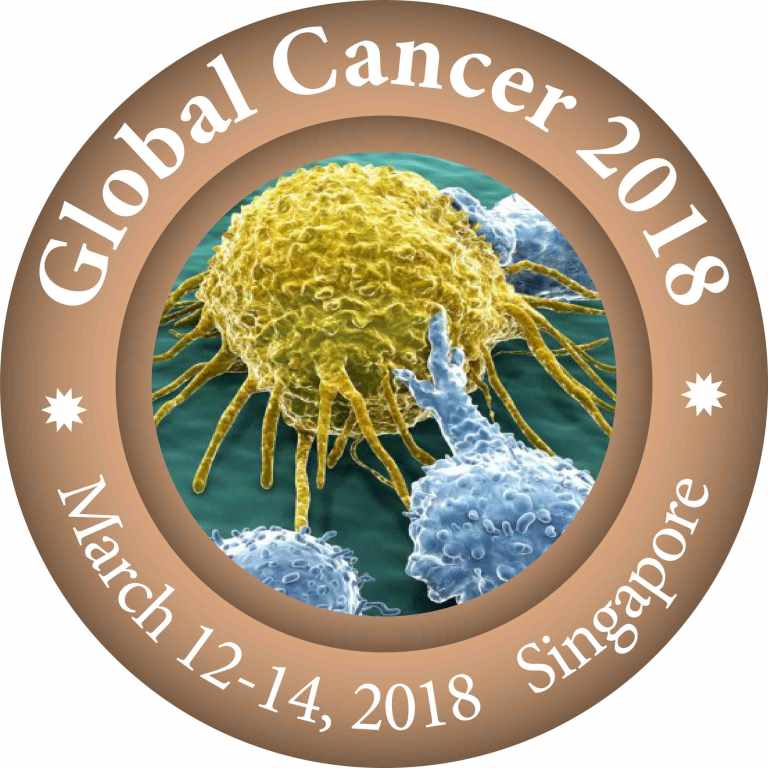
Samira B A Sesay
Zhengzhou Medical University, China
Title: GSTM1 and GSTT1 genetic susceptibility and interaction with chemical exposures in childhood acute lymphoblastic leukemia: A systematic review and meta-analysis
Biography
Biography: Samira B A Sesay
Abstract
Background: The glutathione s-transferase genes play an important role in the detoxification of carcinogenic substances and null mutations of these genes are linked to increase in acute Lymphoblastic Leukemia (ALL) due to an increase in susceptibility to environmental exposures of toxins and carcinogens and chemical exposures like tobacco smoke and pesticides are common carcinogenic substances that children could be vulnerable to as risk of developing childhood ALL.
Aim: The aim of this study is to analyze the effect of glutathione s-transferase mu1 (GSTM1) and theta1(GSTT1) genetic susceptibility and interaction of chemical pesticide and tobacco smoke exposures on childhood ALL.
Method: A total of 22 published case-controls were included in the meta-analysis of over 40,000 participants with 14,974 cases and 25,841 controls.
Result: Overall, the meta-analysis of these studies showed increase risk of ALL among children (random-effect, OR: 1.36, 95% CI: 1.18-1.57). Subgroup analysis showed that the GSTM1 and GSTT1 null genotype has association to childhood ALL (random-effect, OR: 1.36, 95% CI: 1.05-1.76) and chemical pesticide in comparison with tobacco smoke exposures did have an increased association with childhood ALL (random-effect, OR: 1.40, 95% CI: 1.10-1.78) and (random-effect OR 1.38, 95% CI 1.20-1.58), respectively.
Conclusion: In this study, the GSTM1 null genotype is significantly associated with susceptibility to childhood acute Lymphoblastic Leukemia in Asians and chemical pesticides also showing increase associations. The GSTM1 and GSTT1 null genotypes show increase interaction with chemical pesticides in childhood ALL as compared to tobacco smoke exposures.

